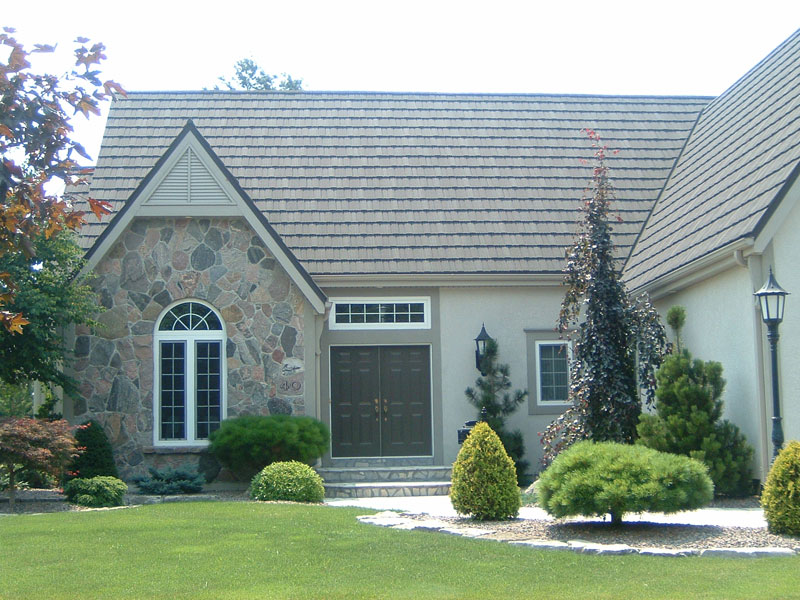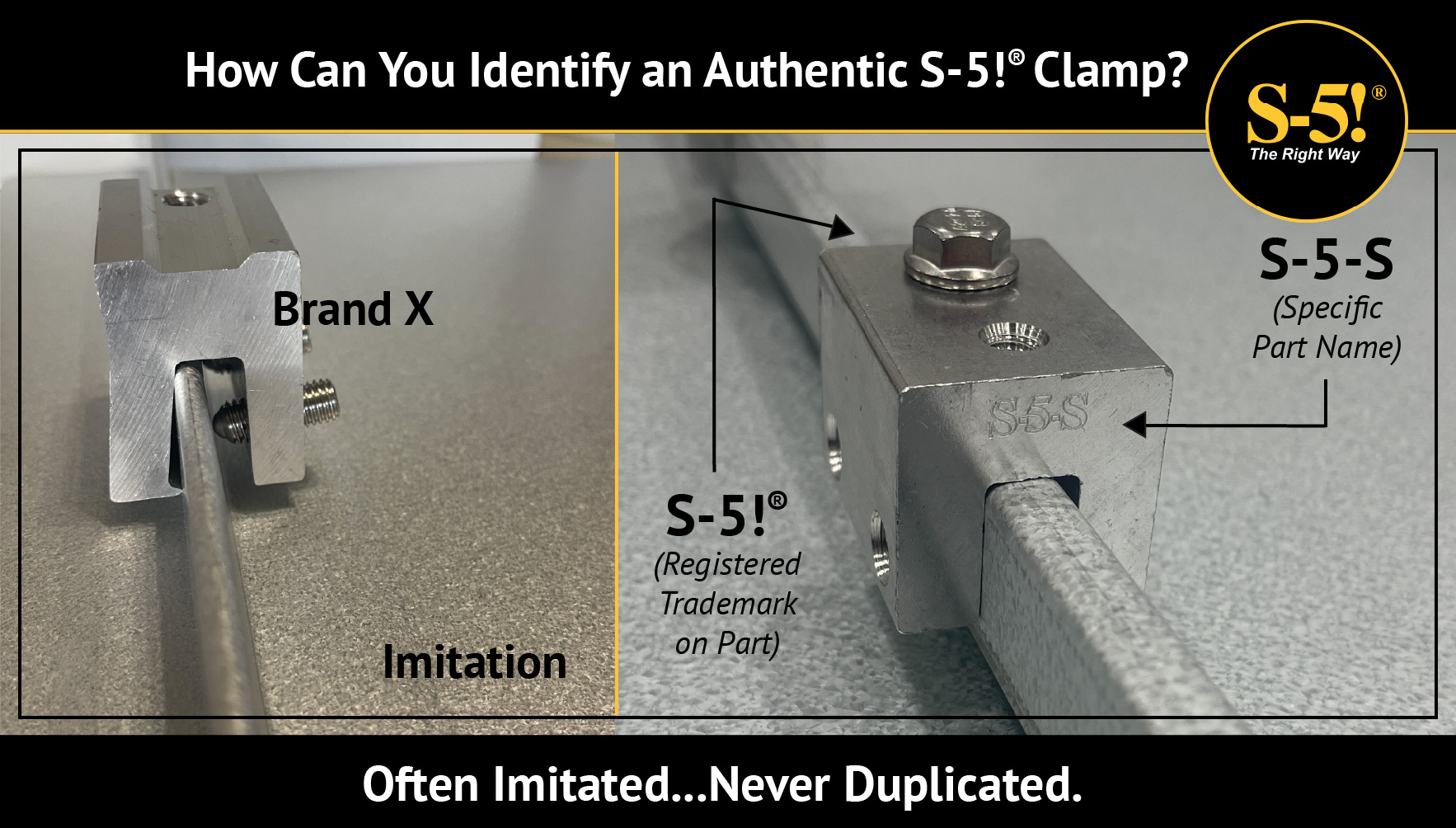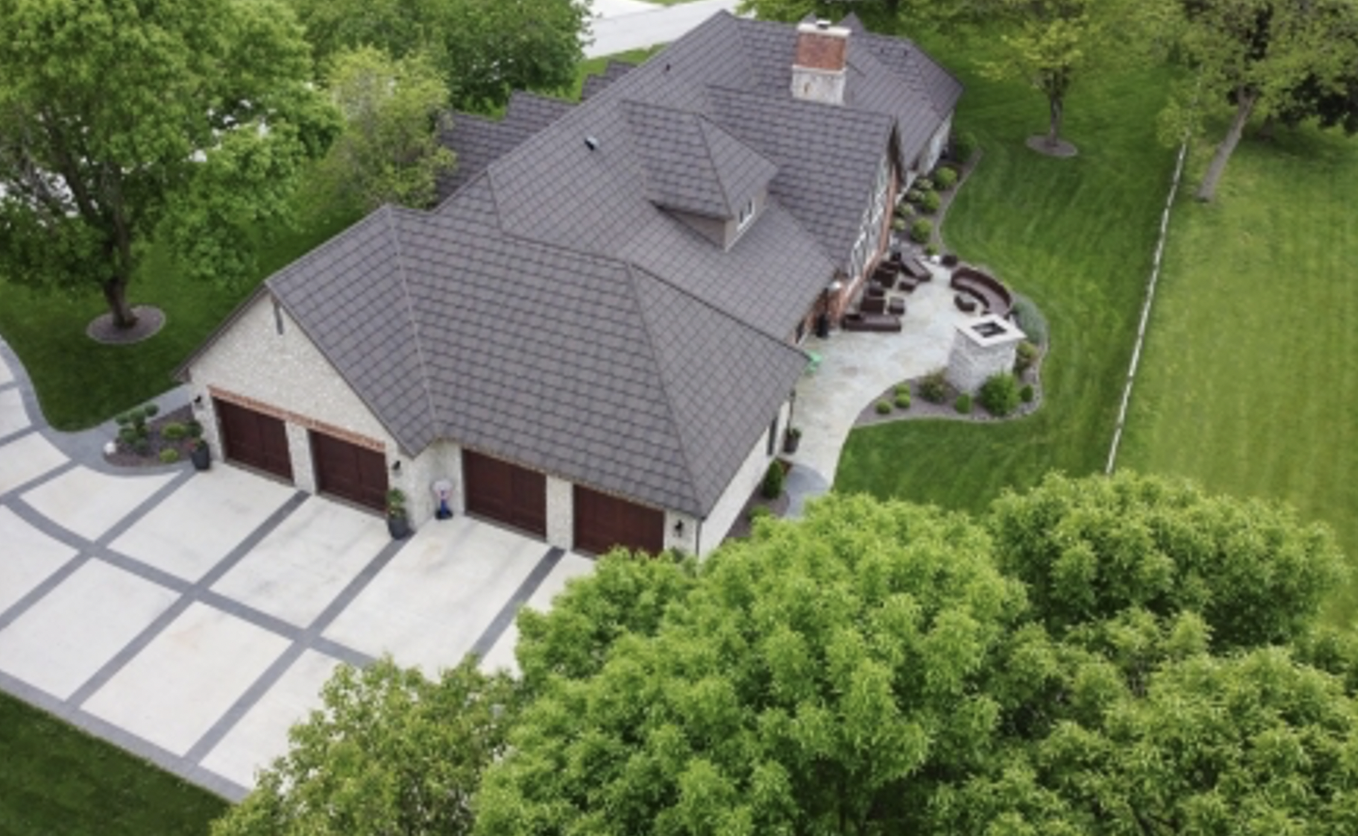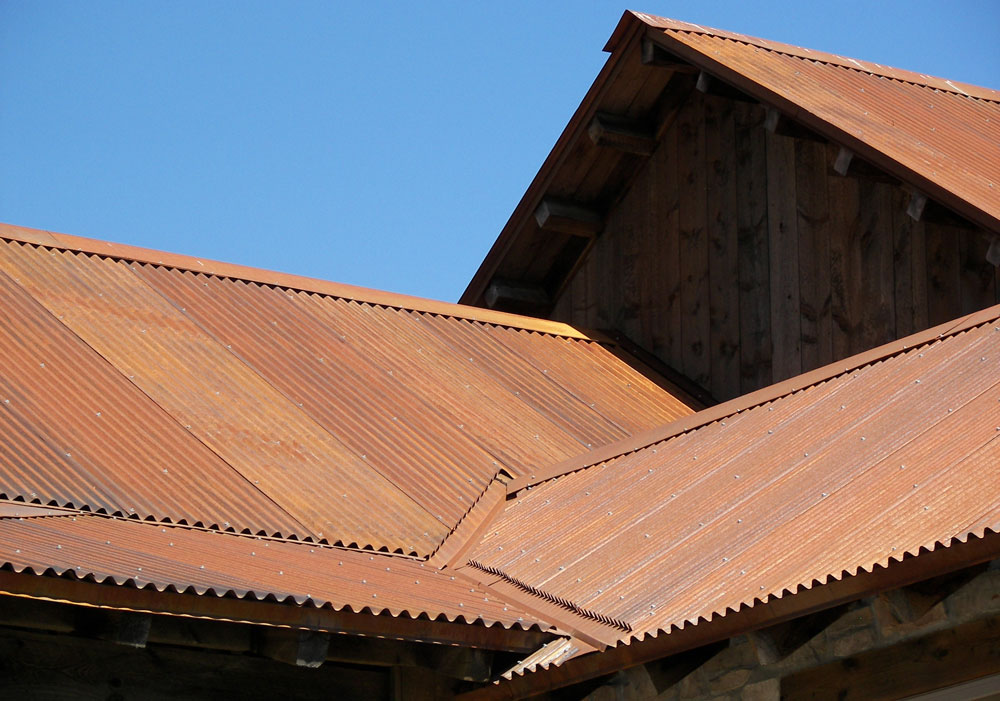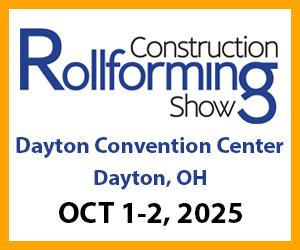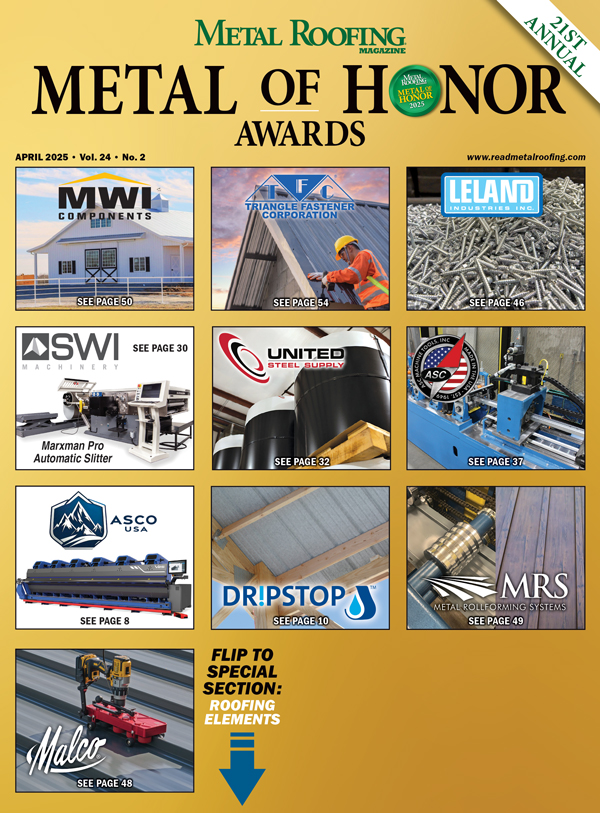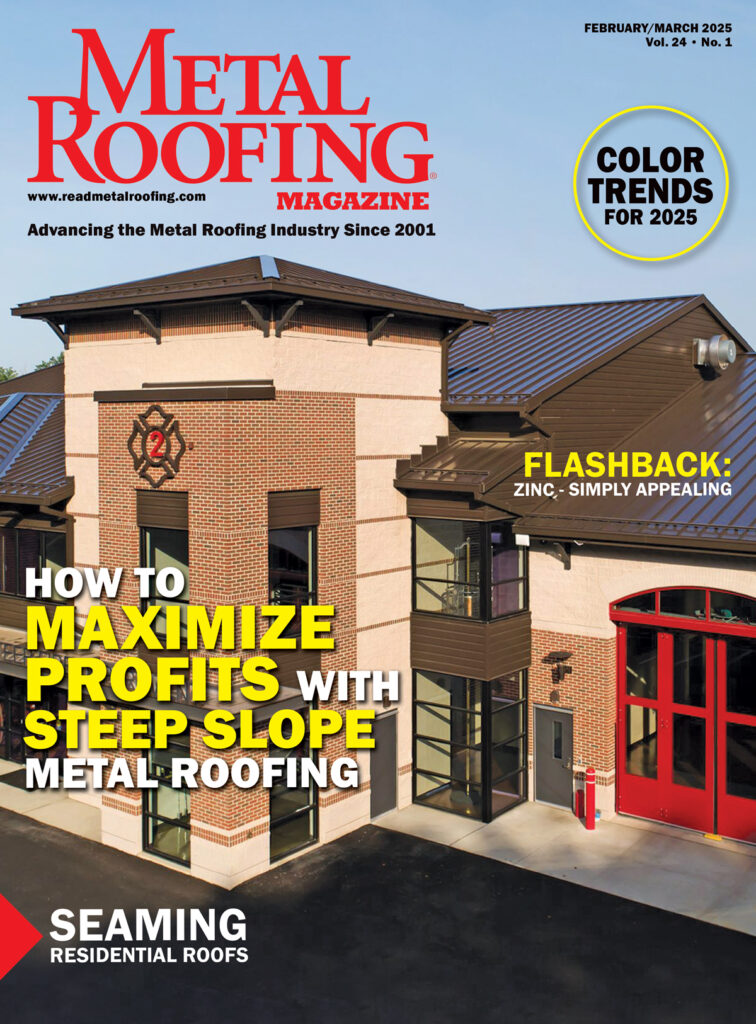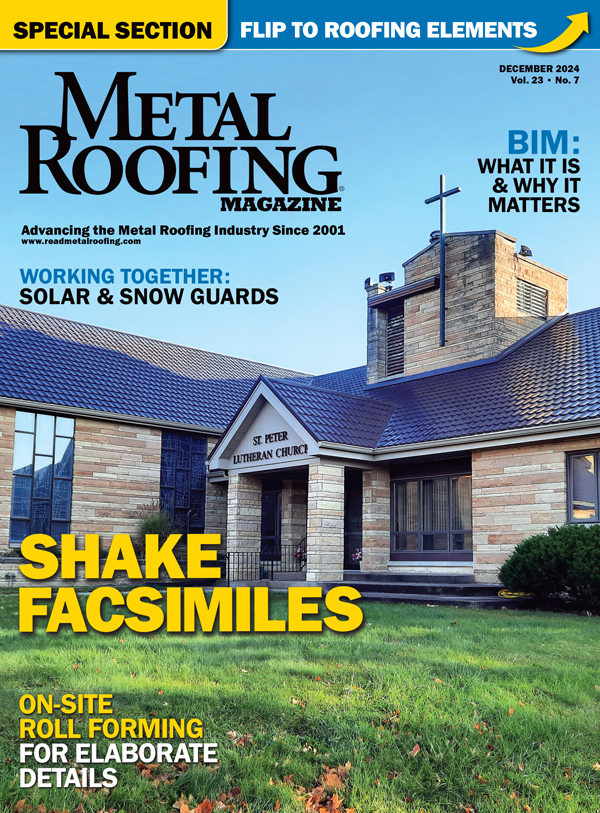By Linda Schmid
A person might think that all educational buildings would automatically be roofed or re-roofed in metal or similarly durable material nowadays. After all, school buildings are usually used over many decades, so wouldn’t the architect specify material that would last a very long time?
Chris Harrison, a Senior Associate at Quinn Evans Architects said that this is not really how the process works. Since educational projects are generally put out to bid, the architect may not have a lot of sway.
Often the customer will have decided from the start what the roofing materials will be, or they will let the architect know what they are looking for, then based on the architect’s recommendations and their budget, the customer will decide what material to use.
Re-roofs
Almost without exception, schools will stay with the original material for re-roofing whether the roof was originally a flat membrane roof, a traditional asphalt roof, or a metal roof. Harrison recalls only one case where a school decided to change from a flat membrane roof, adding trusses and metal roofing because they felt it would be more durable. That was in the 1990s.
New Roofing
New projects are where people are more likely to be open to material suggestions from the architect. When making such recommendations, here are the project details the architect takes into consideration:
• Access to the roof
• Anything that is going to be placed on the roof…mechanical systems, vents, solar panels, or anything else
• Snow loads
• The roof’s slope
• Equipment that is needed for each type of roofing and how well it can be accommodated.
• Edges of roof treatment, length of panels and how everything will come together
• Thermal expansion of the material
• Color and resistance to fading
• Availability of roofers who are experienced in roofing with the material in question.
For a sloped roof, metal is the first thing they consider, Harrison said. Metal shingles can have a slightly shorter life than standing seam, but it depends upon the project.
“Membrane roofs have a similar life expectancy as metal roofs,” Harrison said, “but sometimes standing water can end up being a problem. Also, you have maintenance people walking around on it, and if they drop a tool a tear in the membrane can result requiring repair to the roof.”


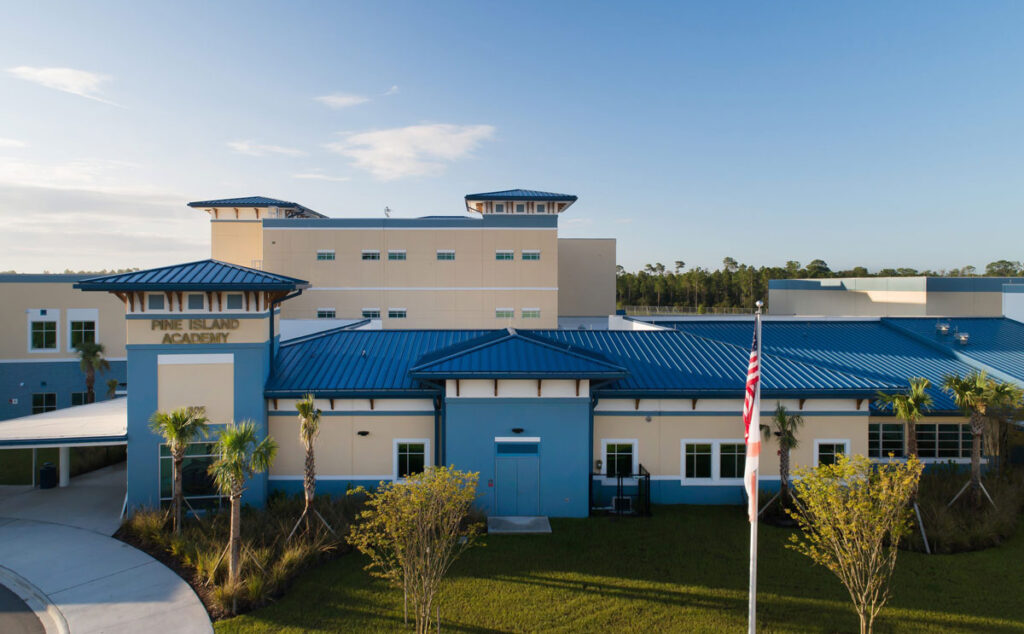

For a very low pitch, synthetic roofing can be a great option.
Some manufacturers have developed special coatings for metal, though continuous salt spray may still limit the roof’s longevity. In some of these cases, metal and asphalt roofing may handle the elements equally well.
Metal Roofing Choices
Harrison said that standing seam metal roofing is the most commonly chosen roofing on his projects. It is easy for roofers to install as there are many experienced standing seam roofers in most of the areas they work. Usually it is crimped standing seam rather than batten. This is more in keeping with the East Coast aesthetic that they work in, so many of these choices are simply about what is popular in a given region.
Usually exposed fastener panels are not specified for these roofing projects, Harrison said. His team prefers standing seam for the mechanical crimping as a first line of defense against rainwater. He said he would not rule it out, though, if a customer wanted metal but didn’t have the budget for standing seam.
Copper is another option, though that is usually reserved for schools based on historical considerations. A beautiful old building that was originally topped in copper may be re-roofed in copper.
In a situation where hail is a strong consideration, they might specify powder-coated metal, which uses electrical charge to lock in the coating.
Differences that Lead to Greater Longevity
On one job Harrison said there were some very old buildings and some of the standing seam roofs were good; they had outlasted their life expectancy. What causes one roof to last while another gives way?
Harrison said that it depends on the quality of the material and the attention to detail. The gauge of the metal, the crimping detail on the ridge lines and the roof’s edges, detail of the eaves and the underside above the soffit, the quality of the hips and valleys, all of these details add up to a roof that lasts he said. MR





